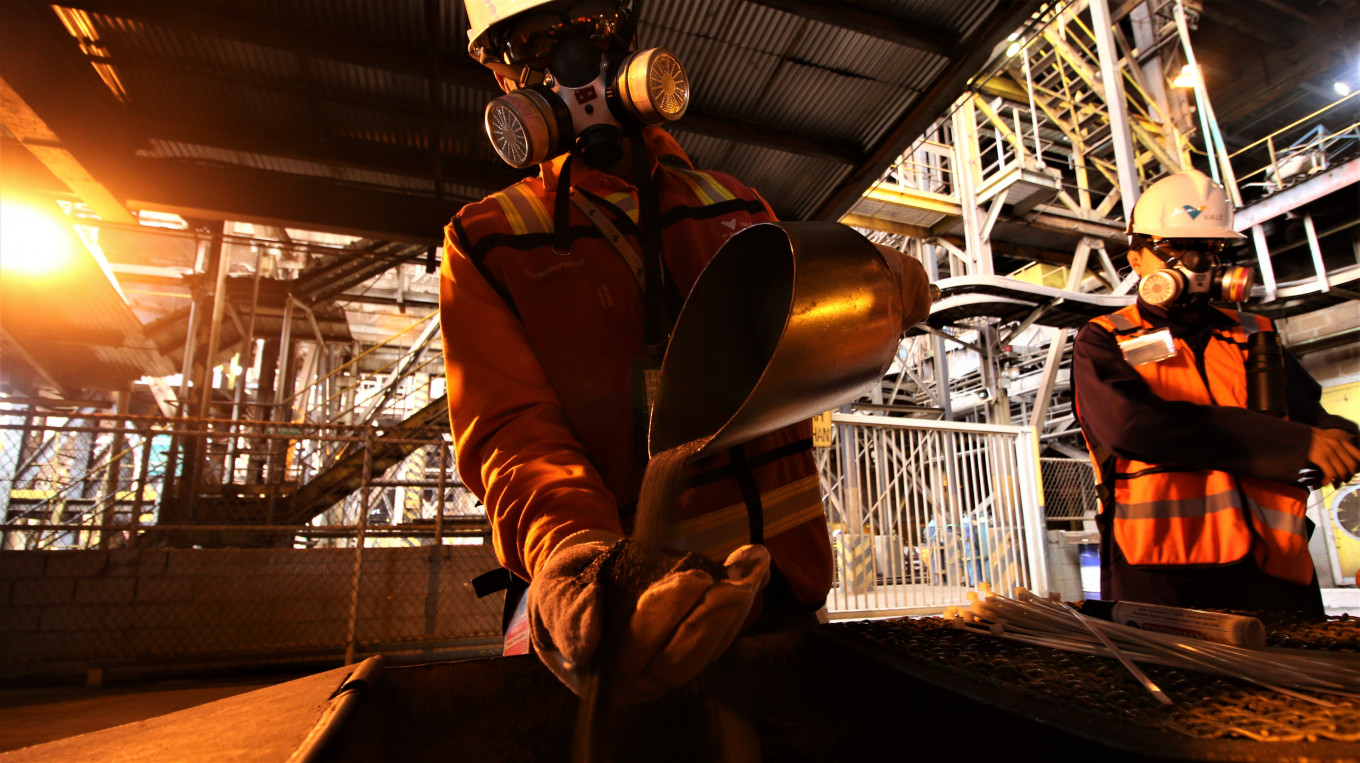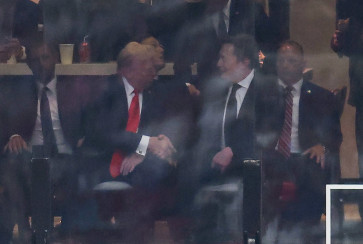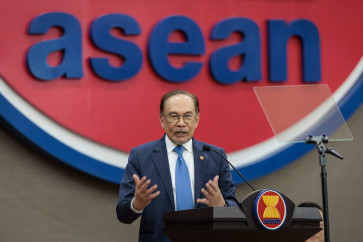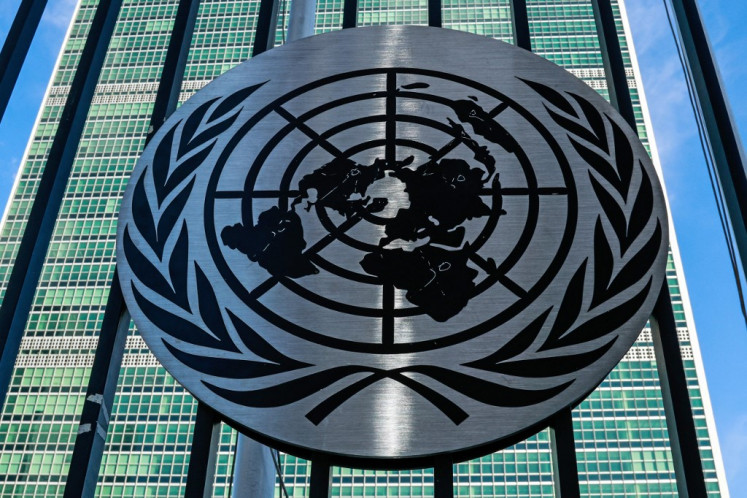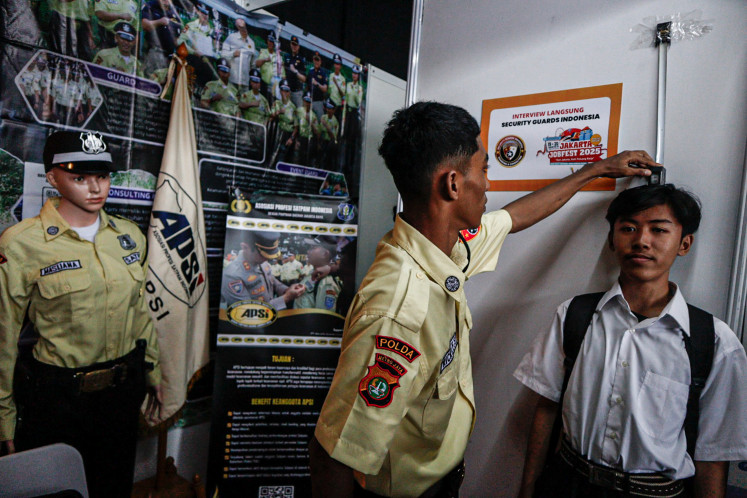Popular Reads
Top Results
Can't find what you're looking for?
View all search resultsPopular Reads
Top Results
Can't find what you're looking for?
View all search resultsInvestment beats target as mining sector roars
Base metals industry attracts lion’s share of funds.
Change text size
Gift Premium Articles
to Anyone
I
ndonesia has exceeded its target for realized investment in four consecutive years as the mining sector in conjunction with the development of downstream industries attracted vastly greater funding last year.
Capital injections in the real sector increased by 34 percent to Rp 1.207 quadrillion (US$80.3 billion) last year, surpassing by Rp 7 trillion a target proclaimed by the President. The Investment Ministry report does not include investment in the financial sector, the oil and gas sector nor in micro, small and medium enterprises (MSMEs).
The National Development Planning Ministry had an investment target of Rp 960 trillion for 2022, but President Joko “Jokowi” Widodo raised the bar to Rp 1.2 quadrillion, telling his officials to accelerate Indonesia’s development so as to achieve advanced economy status by 2045.
Jokowi expects the country’s GDP growth to remain above 5 percent every year, which is deemed a prerequisite to reach the 2045 goal.
“Many people were pessimistic back then […] but now, this is the largest full-year investment ever recorded,” Investment Minister Bahlil Lahadalia told reporters on Tuesday.
The ministry touted its success in building industries to not only extract the country’s natural resources but also add value to them, as the top two sectors drawing investment last year underpinned each other’s growth.
The lion’s share of investment, namely Rp 171.2 trillion, went to the base-metals industry last year, with the annual rise of 45 percent being a testament to the Jokowi administration’s push for downstream development.
The mining industry as the upstream component of the same minerals ecosystem, meanwhile, attracted Rp 136.4 trillion from investors, with a massive annual increase of 67 percent catapulting it from fifth place to second place.
“Base metals and mining now go hand-in-hand, because one of them is the processing industry while the other is the one that provides the raw materials,” Bahlil noted.
Singapore remained the largest source of foreign direct investment last year with an equivalent of US$13.3 billion worth of funds coming in from the city-state, up 41 percent, although Bahlil reasserted that much of that was “Indonesian money”.
Mainland China rose to the runner-up position with $8.2 billion, up 156 percent, dethroning Hong Kong, which fell into third place with $5.5 billion after rising by a relatively modest 19 percent.
While the ministry’s figures differentiate between Hong Kong and the mainland, adding the two together show that China as a whole accounted for most foreign direct investment flowing to Indonesia.
Despite FDI from the United States increasing 20 percent last year, the country fell from fourth position to sixth place with an investment value of $3.02 billion.
Regarding Malaysia’s rise into the fifth position with $3.3 billion of direct investment, Bahlil said some of that was “Korean money”, as Seoul-based conglomerate Lotte began disbursing investment to Jakarta through its hub in Kuala Lumpur.
The Indonesian Chamber of Commerce and Industry (Kadin) has expressed appreciation of government efforts and public-private-sector collaboration in luring investment to the country, such as joint promotional efforts conducted through the Group of 20 forum and the connected Business 20 agenda.
“Just like the President, we view attracting investment as the endgame,” Kadin deputy chairman for investment Tony Wenas, who is also the CEO of PT Freeport Indonesia, told The Jakarta Post.
Notwithstanding significant growth achieved over the years, industry players and experts expressed hope for the government to do more to address issues plaguing Indonesia’s investment climate.
Exceeding investment targets did not automatically translate into huge employment opportunities, cautioned Institute for the Development of Economics and Finance (INDEF) economist Abdul Manap.
The government should have done more to attract investment ensuring jobs growth by focusing on attracting labor-intensive manufacturing businesses instead of capital-intensive investment that had a miniscule impact on the job market, he told the Post on Tuesday.
The number of workers employed through the realized direct investment last year rose by 8 percent to 1,305,001, Investment Ministry data show, trailing the investment growth of 34 percent.
“Labor-intensive investment is a very complex issue […] the costs are high here, particularly the bribing costs,” Abdul said.
The Investment Ministry data on realized investment is based on reports received from businesses through the online-single submission system, where all firms are required to insert data on employee’s remuneration, land acquisition and production.

